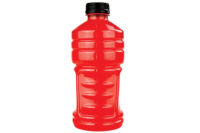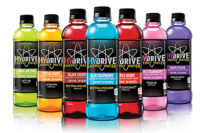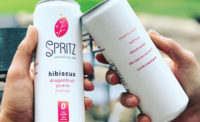When it comes to food and beverages, color affects aesthetics, flavor and identification, perception, and anticipated taste. Color psychology teaches us that our senses have an even broader influence – they are connected to emotional reactions and can influence our appetite. Let’s look at the psychology associated with colors of products we view every day.
Red is an appetite accelerator. It represents health, vigor, and love. This color has been found to stimulate senses and raise blood pressure. People tend to gamble more and make riskier bets when seated under a red light as opposed to a blue light.
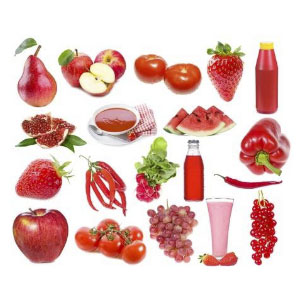
Did you know that there are no true-blue foods in nature? (Blueberries are technically a shade of purple.) In relation to foods and beverages, blue is an appetite suppressant. Because of this, some weight loss plans suggest placing your food on a blue plate or even dying your food blue to avoid overindulgence. In addition, blue relaxes the nervous system.
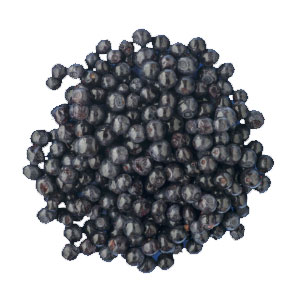
Green is synonymous with nature and health. It is used in foods to balance and refresh the product. Green is becoming a more important color in the food supply chain due to the shift in consumer thinking toward sustainability and organic foods.
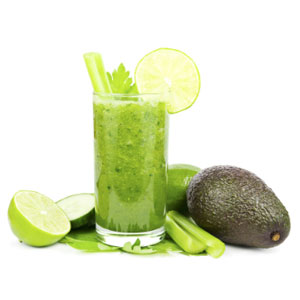
Widely used in the food and beverage industry, yellow is known as the happiest color. Yellow tends to evoke optimism and good feelings. It also increases energy and represents playfulness and creativity. Why wouldn’t’ you want your product associated with happiness?
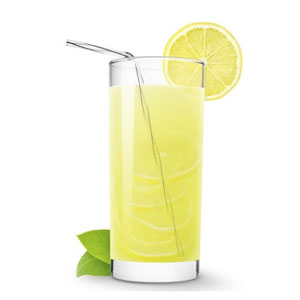
Orange represents adventure and wholesomeness. Consumers sense the product is more affordable when the product is Orange in color.
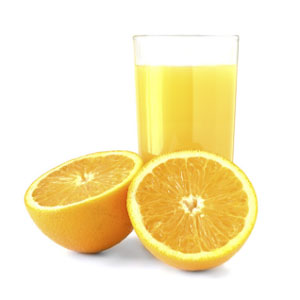
Do you think of consistency, reliability, and wisdom when you see the color black in a food and beverage product? Black also symbolizes wealth and can be seen as a color that is dominant and persuasive.
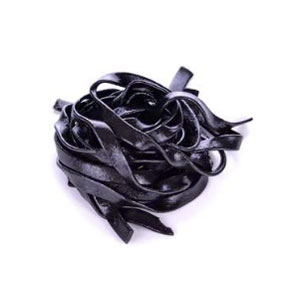
White symbolizes purity, goodness, and innocence. The products that carry this color impart a clean, cool, and refreshing feeling. Milk needs no explanation of its purity appearance.
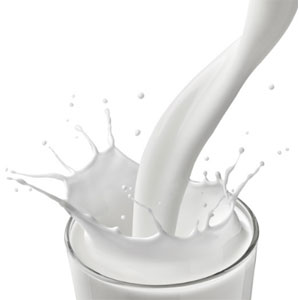
Purple represents power, leadership, respect, and wealth.
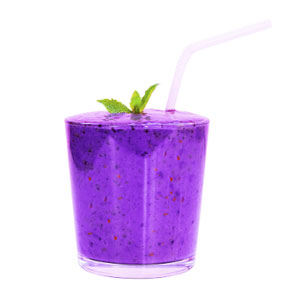
As you can see, color in products affects us in countless ways both mentally and physically. To learn more about this, check out the Beverage Institute by ISBT® and The Packaging School.

